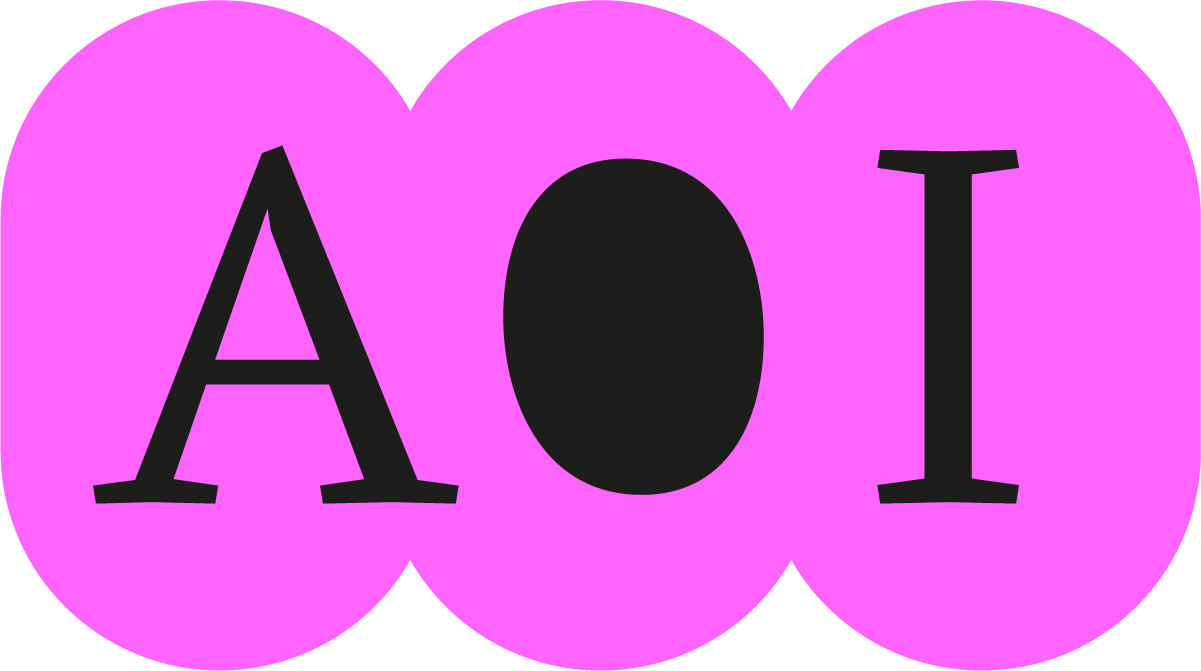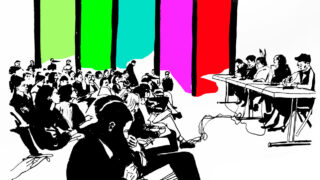Jack Halberstam, Columbia University Professor of English and Comparative Literature, finds that both “Shrek” and “The Lego Movie” can be viewed as counter-narratives that challenge dominant heteronormative conceptions of success and gender-identities. Responding to children’s independence from these conceptions, children’s movies depict alternative forms of community and association, effectively turning into windows of opportunity with transformative potential for the imagining of a queer utopia in the cinematic industry.
Victor’s cinema
If history is written by victors, then most of mainstream cinema is made by successful people with a clear understanding of what their (adult) audience wants: sentiment, progress and closure (Halberstam 2001: 119). Children’s movies however usually lack all of the above in order to fully acknowledge the nature of children’s narrative desires, which in turn tend to be amoral, antiteleological and unsentimental (Halberstam 2001: 119). In fact in this very indifference towards established norms and narrative tools lies children’s films’ potential transformative power. Queer and gender theorist Jack Halberstam explains in “The Queer Art of Failure” (2001) and the recent public lecture titled “Unbuilding Gender: Trans* Anarchitectures In and Beyond the Work of Gordon Matta-Clark“ (Basel, 16.10.18) how children’s films can be viewed as countering and challenging dominant conceptions of success and gender.
The power of being wrong
Starting with Shrek (2001) the author points out the queerness of this animated fairy-tale, which depicts a wide range of queer embodiments and relations (Halberstam 2001: 119). An ogre living in a swamp teams up with a speaking donkey to fight for the rights of the exiled fairy-tale community and eventually both end up falling in love with “inappropriate partners”: Shrek falls in love with a princess and Donkey is courted by a dragon. Furthermore the otherness of fairy-tale creatures is reason enough for the villagers to despise and exclude them, pushing them to the margins of society. It is not until other fairy-tale creatures are exiled into Shrek’s swamp, that he realizes that because of their difference, their personal and political spheres are intertwined. Their appearances are no longer a personal matter, but are reason for political acts of discrimination. To stand up for the rights of the dispossessed fairy-tale community, Shrek becomes a freedom fighter opposing the evil Lord Farquaad, who is enacting the discriminating laws. In this confrontation, the Lord represents all the qualities that Shrek lacks: power, wealth, success and social status. Although it seems quite impossible for Shrek to win this battle, by joining forces with the other fairy-tale creatures he manages to overthrow Lord Farquaad. For Halbertsam the beauty of the film lies in the embracing of queer characters and relationships and in not choosing success over failure. Shrek and his friends win the battle not despite of their queerness, but because of it. In embracing their failure of being normal and in joining forces to fight for more equality, they surprise Lord Farquaad and his knights and take his castle by storm. They remind us that there is something powerful in being wrong and that “empathy with the victor invariably benefits the rulers” (Benjamin 1969: 256). So the movie calls out to it’s viewers to walk the unbeaten tracks, to take the wrong turns or get to lost, because there is as much happiness and delight to being viewed as wrong and failing to fit in as to succeed in doing so.
The gluing of gender and sexuality
Continuing with The Lego Movie (2014) Jack Halberstam draws the parallel between the inhabitants of Legoberg building and unbuilding their town everyday and the Architectural Turn in Gender Studies, which theorized the body as a piece of architecture, that could be built, altered and unbuilt at will. Legoberg stands therefore for a dismantling of the social world, where we now have the freedom to construct our identity brick by brick with the ease of using a Lego-Set. But trouble enters Legoberg in form of Lord Business, who plans to glue everything in constant, unchangeable perfection, using his evil super-glue. For Halberstam this image of freezing perfection is a concept deeply rooted in heteronormative common sense, where the gender-binary and “appropriate” sexuality are naturalized and effectively essentialized. In this logic, gender and sexuality are static concepts, “givens” of a sort, that can’t be altered individually, because of the social control exerted in society. The only hope for Legoberg and metaphorically speaking for us is the so-called pièce de résistance, a brick that can undo the power of the super-glue and bring back the fluidity and make the construction of our reality visible again. Predictably, at the end of The Lego Movie the pièce de résistance is found and the evil Lord Business is defeated. Where do we find our personal pièce de résistance to unglue the given concepts of our everyday-life?
Unbuilding mainstream cinema
Jack Halberstam gives us the example of Gordon Matta-Clark, an architect who studied the works of Le Corbusier, only to deconstruct his concepts, rearrange them and turn them inside out. Instead of simply applying Modernism’s esthetical tools, he used a concept of linguistic reversal in architecture: instead of building houses, he cut pieces out of them or split them in half, opening up new views and spaces filled with nothing but light and air. Same as Gordon Matta-Clark didn’t take his teachings at face value, we shouldn’t simply accept the gendered world as it is, but strip it of its natural, static character and bring the dominant narrative of the essential gender-binary and heteronormativity to it’s knees. Finding a way of de-essentializing and de-naturalizing the dominant order would mean to find the pièce de résistance to unbuild our social reality, opening up the possibilities of building new imaginings of a queer utopia.
Same as there’s no place for light and air in faceless concrete buildings, there isn’t any space for a queer utopia in mainstream cinema. But like Gordon Matta-Clark who opened up the room with his Cuttings to let light and air into the newly created space, children’s movies cut into the mainstream and open it up to new forms of relating and belonging, effectively letting imaginings of a queer utopia into the film industry.
Text by Fabian Hofmann.


